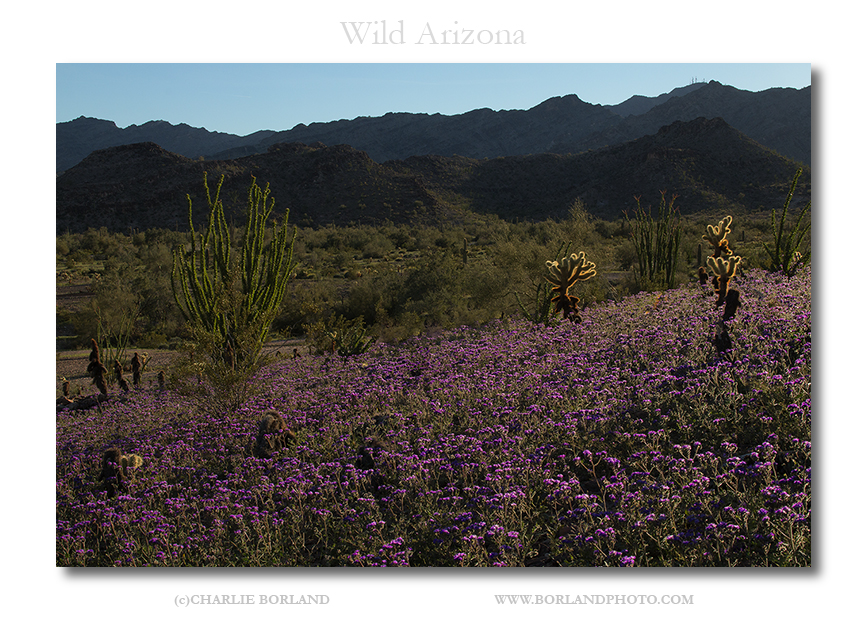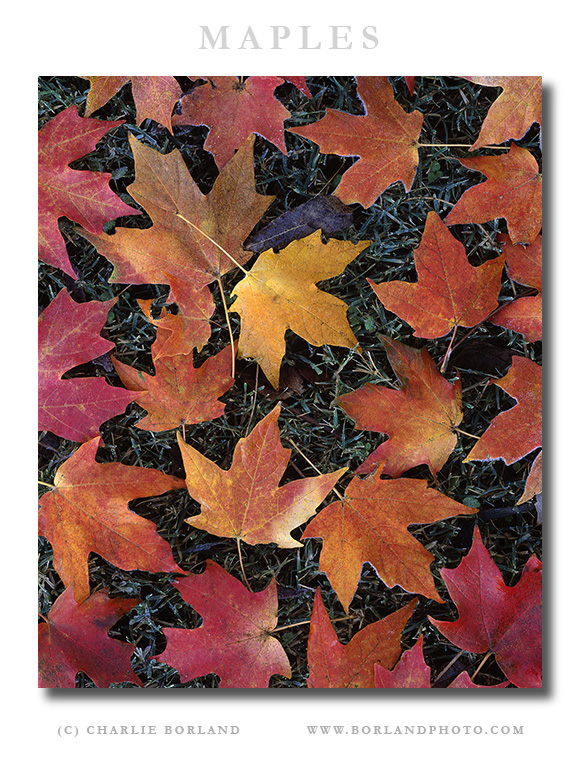by Tina Martin
Source – Unsplash
They say that a picture is worth a thousand words, so it is important to take the best photos possible. While many of us envision ourselves as good photographers when we snap shots with our cell phones, there is nothing quite like having a great picture that was taken by a professional. Here at Great Photography Courses, we pride ourselves on taking outstanding images of events and outstanding portraits, so we have some reasons why you should hire a professional photographer for your next important event.
Why Do You Need a Pro?
Yes, we all have cameras on our phones and they get more advanced with every new smartphone that is released, but that still doesn’t compare to the shots taken by photographers.
One of the reasons for this is that professionals have the best equipment that puts most phones to shame and they know how to use it. The fact is that if you take every single picture with the same lens, you are not going to get the quality images that you are hoping for. Photographers understand this, which is why they have a large selection of lenses and filters that they can use for any given application. That way you are sure to get the best photo.
Professional photographers also understand the science of shadow, light, and angles. They know that they have to stand in a certain spot to get the best picture and they also know where their subject should be so they can be seen in the best light. Basically, photographers know all of the tricks that lead to the most awe-inspiring photos. If you cannot do that yourself, then you should spend the money on a professional.
When You Need a Photographer
There are some instances where you absolutely need a professional to take the best photo. One example is when it comes to taking pictures of your newborn baby or younger child. We all know the struggles of trying to take photos of a baby. It can be near impossible to get them to stay still for long enough to get the shot, and even if you do, you may not be using the best filter or lens to get the most high-quality image possible. A professional photographer knows exactly what to do to make this process a piece of cake.
You should also consider hiring a professional photographer when you are taking product pictures for your business for advertisements and promotional materials, especially if you intend to create a Facebook ad and want to make the best impression possible on your potential customers. A professional photographer understands the balance of lighting, subject, angle, and proportion that can ensure your commercial images are beautiful and captivating the first time. Commercial photos are often unique because they focus on a particular feature of the product and you will need that to be perfect.
Professional photographers are also best when taking photos of your home when you place it on the market. After you have made updates to get the house ready for sale, like upping your curb appeal and removing clutter both inside and out, hire a pro to get great shots of your home in pristine condition. They will know tricks to get the best perspective on a room when space is limited, and they will get the lighting just right to make your home look warm and inviting.
Considerations When Finding a Photographer
When it comes time to find a professional photographer, you will need to find the best person for the job. Go online and do your research as you look for photographers in your area and look at the reviews from previous customers to ensure that it is a reputable company. You should also ask for a price quote to ensure that you are getting a deal that fits within your budget.
When you talk to the photographer, mention the type of event that you need them for. It is important because the complexity of the pictures will determine how involved the production may be. So, real estate photos may take less legwork than a full family photo shoot. If you are still unable to find the best photographer, then ask for referrals from family and friends.
As you can see, there are some important factors that go into hiring a professional photographer. It can all seem a little overwhelming at first, but with a little research, you will find the perfect fit.
Great Photography Courses can teach you how to light an interior without the scene looking lit, how to find a storytelling angle, how to deal with poor light, how to fix bad color, how to work fast to be more profitable, and a whole lot more. Let us know if you have any questions!



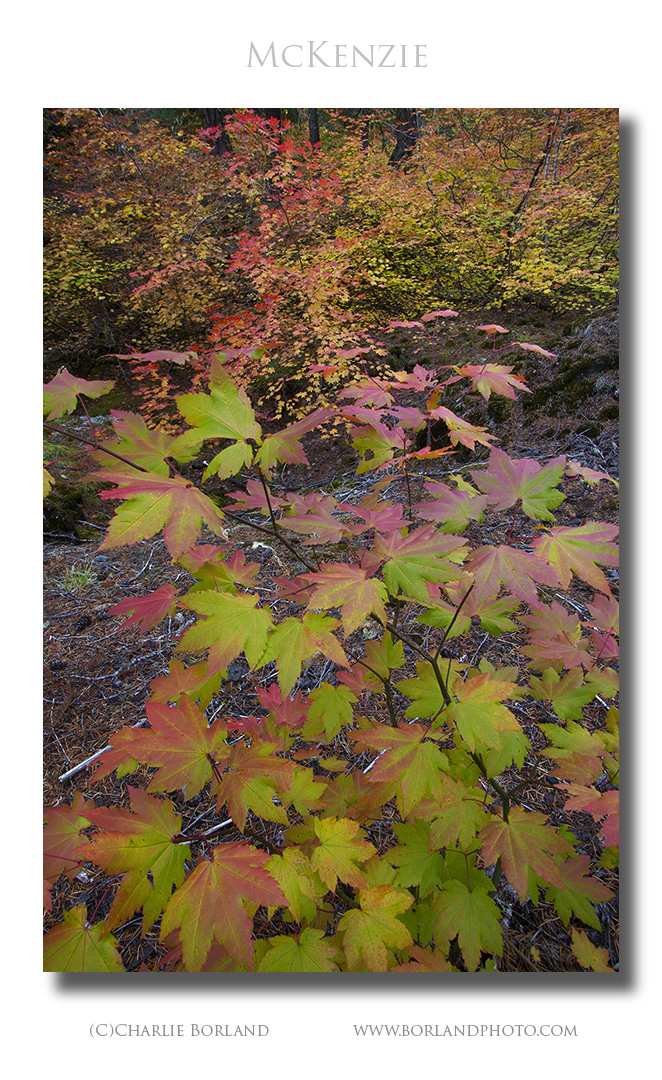

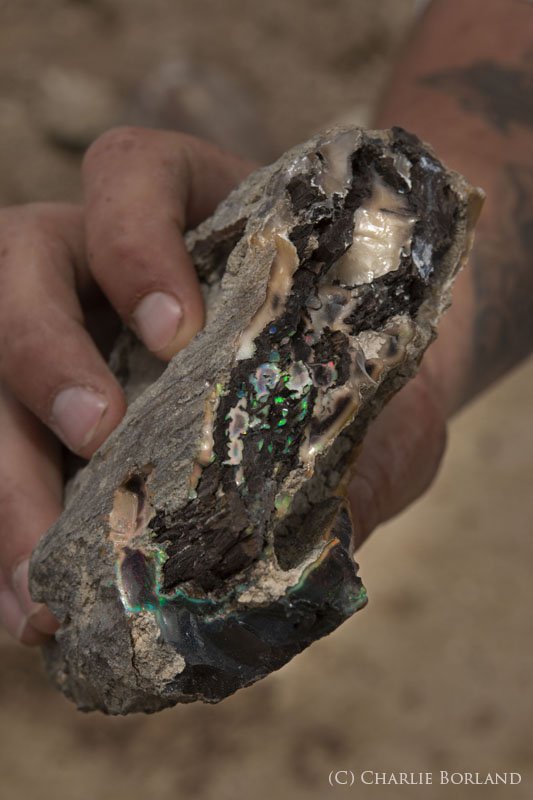
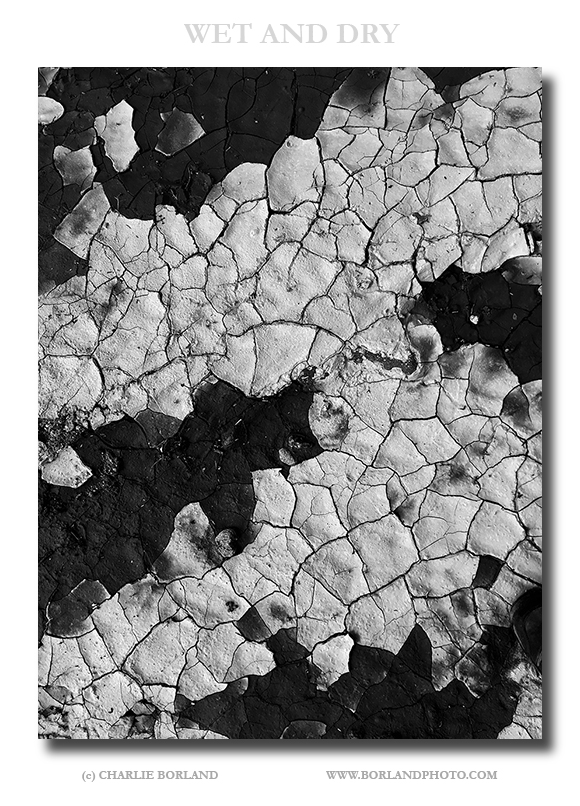
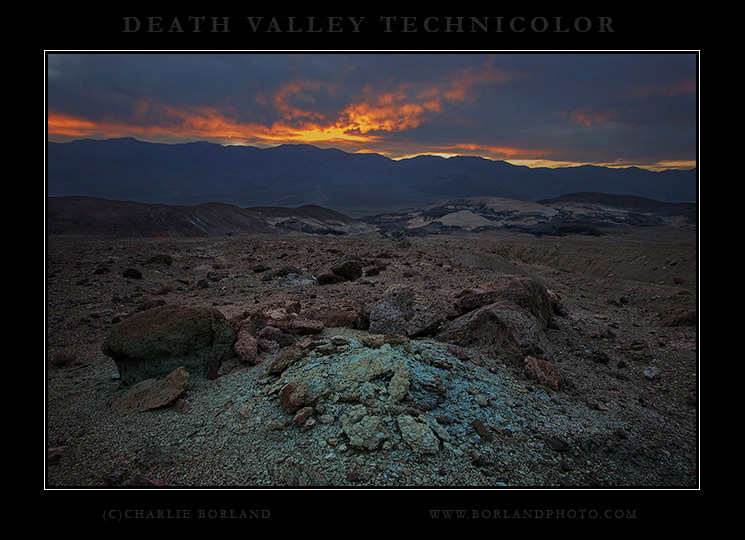 When the sun was setting (before the color show) I started back when I stumbled on this scene of turquoise colored sediment. I have no idea what it was (I am not a geologist) but I knew it would make for a great foreground.
When the sun was setting (before the color show) I started back when I stumbled on this scene of turquoise colored sediment. I have no idea what it was (I am not a geologist) but I knew it would make for a great foreground.